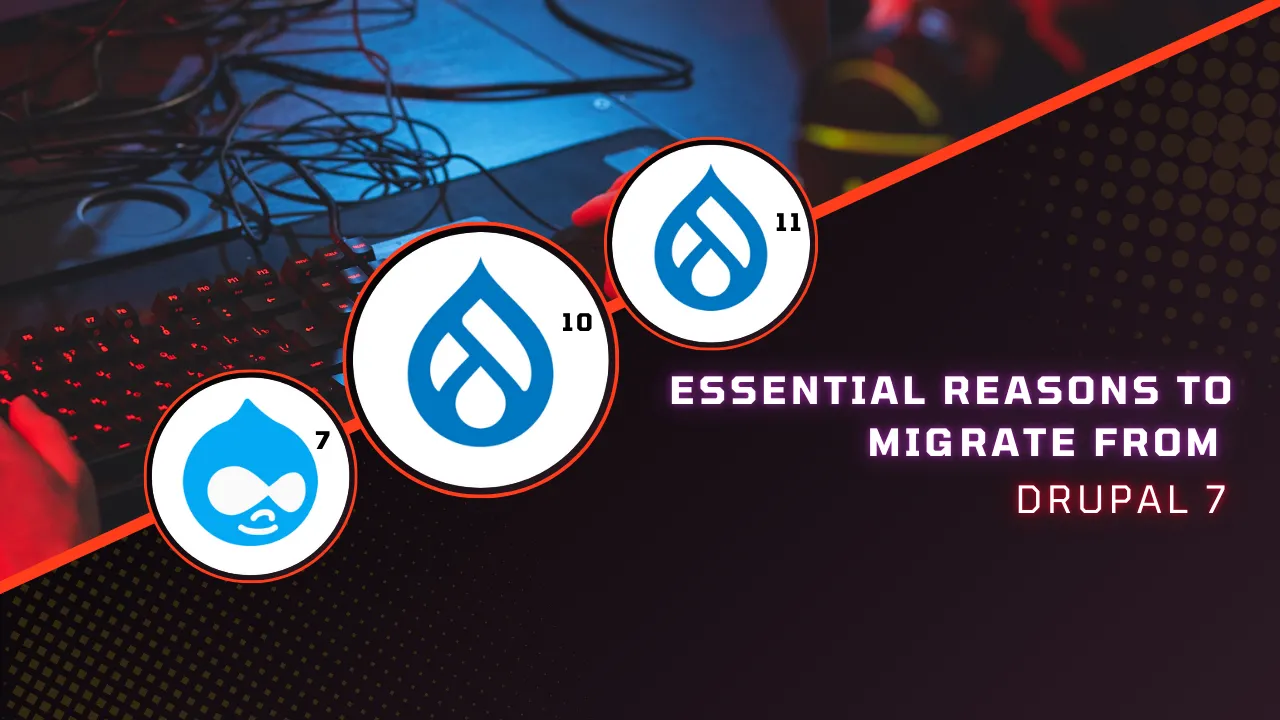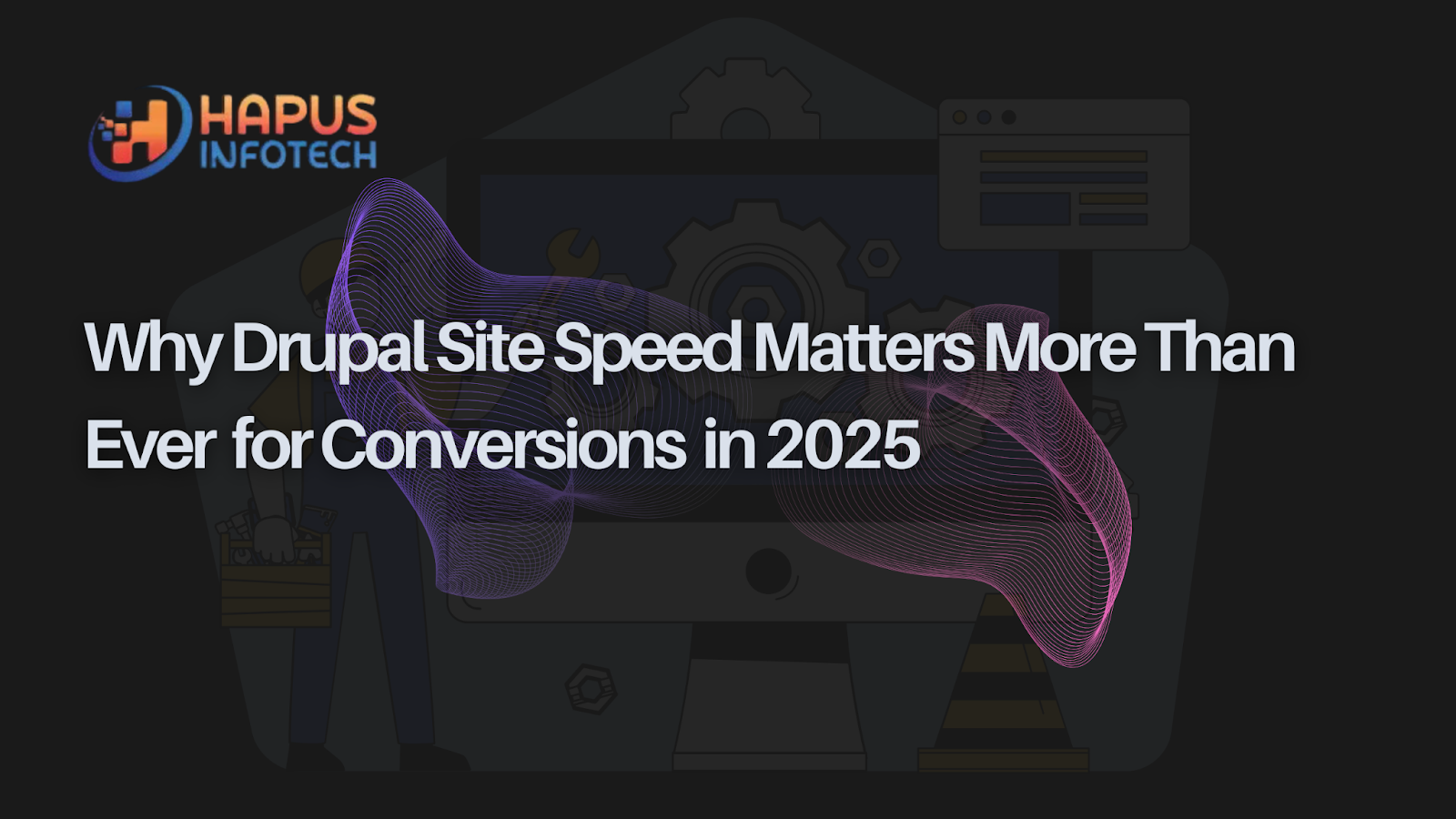1. Why Migrate the Drupal Backend? Migrating the backend of a Drupal website becomes essential when upgrading to newer versions (e.g., Drupal 7 or 8 to Drupal 10), moving to a new hosting environment, or revamping the entire digital infrastructure. Backend migration allows you to benefit from enhanced security, performance improvements, and access to new features while maintaining or restructuring your existing content and data.
2. Drupal Migration Tools Drupal comes with a suite of powerful migration tools to streamline the process. The key modules for backend migration include:
- Migrate API: A flexible and extensible toolset for migrating data from external sources or older versions of Drupal.
- Migrate Plus: Extends the core Migrate API with additional functionality for more complex migrations.
- Migrate Tools: Provides a user-friendly UI for performing and monitoring migration tasks.
- Migrate Upgrade: Specifically designed for upgrading from previous Drupal versions to Drupal 8 or 9, automating much of the process.
3. Key Components of a Drupal Backend Migration
- Content Migration: Involves transferring all content types, nodes, taxonomies, and media files to the new environment. Care must be taken to ensure data consistency and content relationships are maintained.
- Configuration Migration: Migrating site configurations, such as views, blocks, and user roles, is crucial for ensuring that the new Drupal setup mirrors the functionality of the old site.
- User Data Migration: Ensuring all user roles, permissions, and user-generated content are properly migrated to prevent disruptions in user experience.
4. Planning the Migration
- Data Analysis: Before migration, it is crucial to conduct an audit of the current data structure. Understanding the content relationships, field configurations, and database schemas helps in mapping the data for migration.
- Backup & Staging: Always take backups of the current Drupal site and work in a staging environment to test the migration before going live. This reduces the risk of data loss and allows you to troubleshoot issues ahead of time.
- Migration Strategy: Define a clear migration strategy—whether it’s a one-time migration or iterative process, ensure every step is tested and documented.
5. Migrating from Older Drupal Versions
- Drupal 7 to Drupal 10 Migration: As Drupal 7 approaches its end of life, upgrading to Drupal 10 has become a priority for many organizations. This migration can be complex, as it involves not only upgrading content but also transforming outdated modules, themes, and custom code to fit the new Drupal architecture.
- Custom Code Migration: Custom modules and themes from older versions may need significant refactoring to work with Drupal 10’s modern framework. The Migrate API allows you to map and adjust the custom data structures.
6. Common Challenges in Drupal Backend Migration
- Data Inconsistencies: During migration, you might encounter inconsistencies in content relationships or taxonomy terms. It’s essential to map these correctly in the migration process.
- Custom Modules Compatibility: Modules developed for older versions may not be fully compatible with newer versions. Ensure that all modules are up-to-date and functional after the migration.
- Performance Issues: Migrating large datasets can cause performance bottlenecks. Using batch processing or queuing systems can help manage large-scale migrations more efficiently.
7. Post-Migration Testing
- Data Verification: Ensure all content, configuration, and user data have been transferred accurately. Cross-check with the original site for consistency.
- Performance Testing: Run performance tests to confirm that the migrated site performs optimally under the new setup.
- Security Audits: Post-migration, it’s crucial to conduct security audits to ensure that there are no vulnerabilities in the new system.
8. Benefits of Successful Migration
- Improved Security: Migrating to a newer version of Drupal enhances your site's security, as newer releases are built with the latest security standards.
- Better Performance: A modernized backend allows your site to handle more traffic and content efficiently, improving overall performance.
- Access to Advanced Features: Upgrading to the latest version of Drupal unlocks new functionalities, including advanced content editing workflows, improved SEO tools, and integrations with modern APIs.
Conclusion A successful Drupal backend migration can revitalize your website, giving it the performance, security, and functionality needed for today’s digital landscape. By using Drupal’s robust migration tools and following a well-planned strategy, you can seamlessly transition your data and content into a new environment while minimizing risks.








Comments